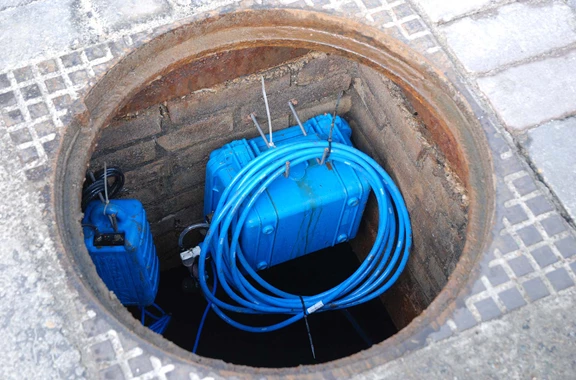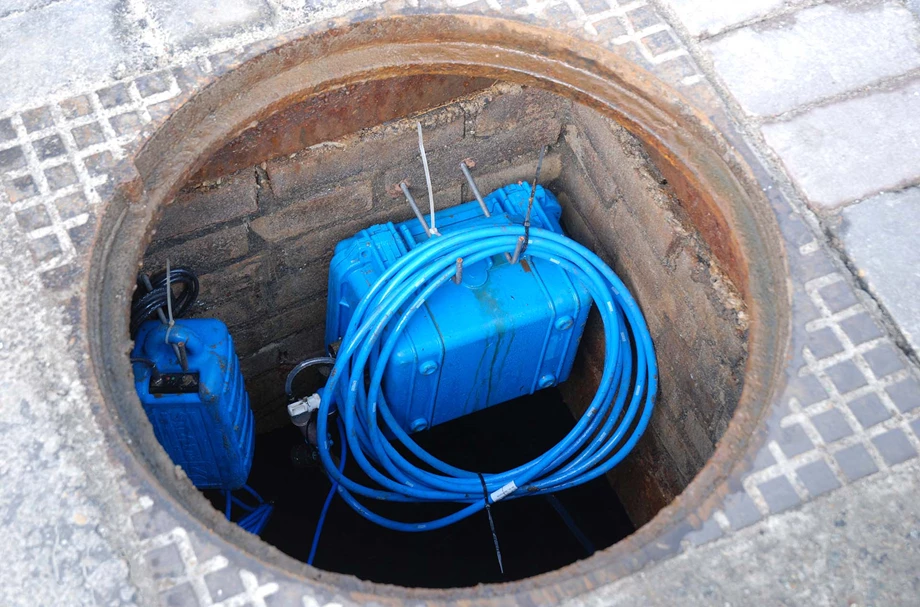


The Municipality of Bergen in the Netherlands would like to limit its sewer management costs. By gaining more insight into the way in which sediment builds up in a sewer, they can optimize their sewer policy in the future. George Stockell and Eric Kraak are involved in this research project and they share their experiences. George Stockell is a Civil Engineer at the Municipality of Bergen. Eric Kraak is a Civil Engineering student at the Amsterdam University of Applied Sciences, specializing in Water Management. Eric Kraak carries out the research in the form of a graduation assignment.
This is a unique research method that has not been used before.

Eric Kraak: 'Sediment is present in every water system. You can do a lot of calculations on that. It is important for managers to know to what extent sediment influences the hydraulic functioning of, for example, a waterway. They want to know where sedimentation and erosion are taking place.'
'The behavior of sediment in a sewer is influenced by many processes of which little is known. How come? People see the sewer as a kind of dump site. They defecate into it and also use it to dispose of their food residues and other small items of waste. It is therefore difficult to determine the properties of the material in a sewer. In addition, researching in a sewer is difficult, because it is underground. That is why usually, a test set-up in a laboratory with artificial or collected sewage water is used.'
'We approached it completely differently. We had a pit placed at a depth of three meters. From there, a camera is aimed at a 1.5 metre long transparent acrylic sewer pipe. The pipe is connected to a mixed sewer system. At a 15-minutes interval, the camera takes a picture of the pipe and therefore the sediment. This is a unique research method that has not been used before. In this way, we can investigate how sediment deposits at the bottom of a pipe. When it rains heavily, does the sediment flush out or does it accumulate? Does the season influence the daily discharge peaks of the connected households? The connections we can make through this provide us with a lot of insight.'
The NIVUS portable flow rate meter PCM4 with Cross Correlation technology was used in the project. This kit is extremely suitable for measuring in (strong) particle-rich water that flows through semi-filled pipes, culverts and/or control flumes. It is also possible to rent the measuring kit for short-term measurements.
'The first camera images have been analysed. What you hope to see is sediment in the pipe and that was exactly what was observed. It also seems to be developing ridges, like those on the bed of a waterway. Very interesting. The first part of the project, the execution, has already been successful. The results of the camera images, ultrasonic level measurements and flow rate measurements are still to be correlated.' George Stockel continues: 'The project has just started and will run for two years. Still, I'm already surprised. There is already more sediment in the pipe than I had anticipated. That already says something about the sewer system.'

Need advice choosing the right product for your application? Our specialist Sandra is happy to help.